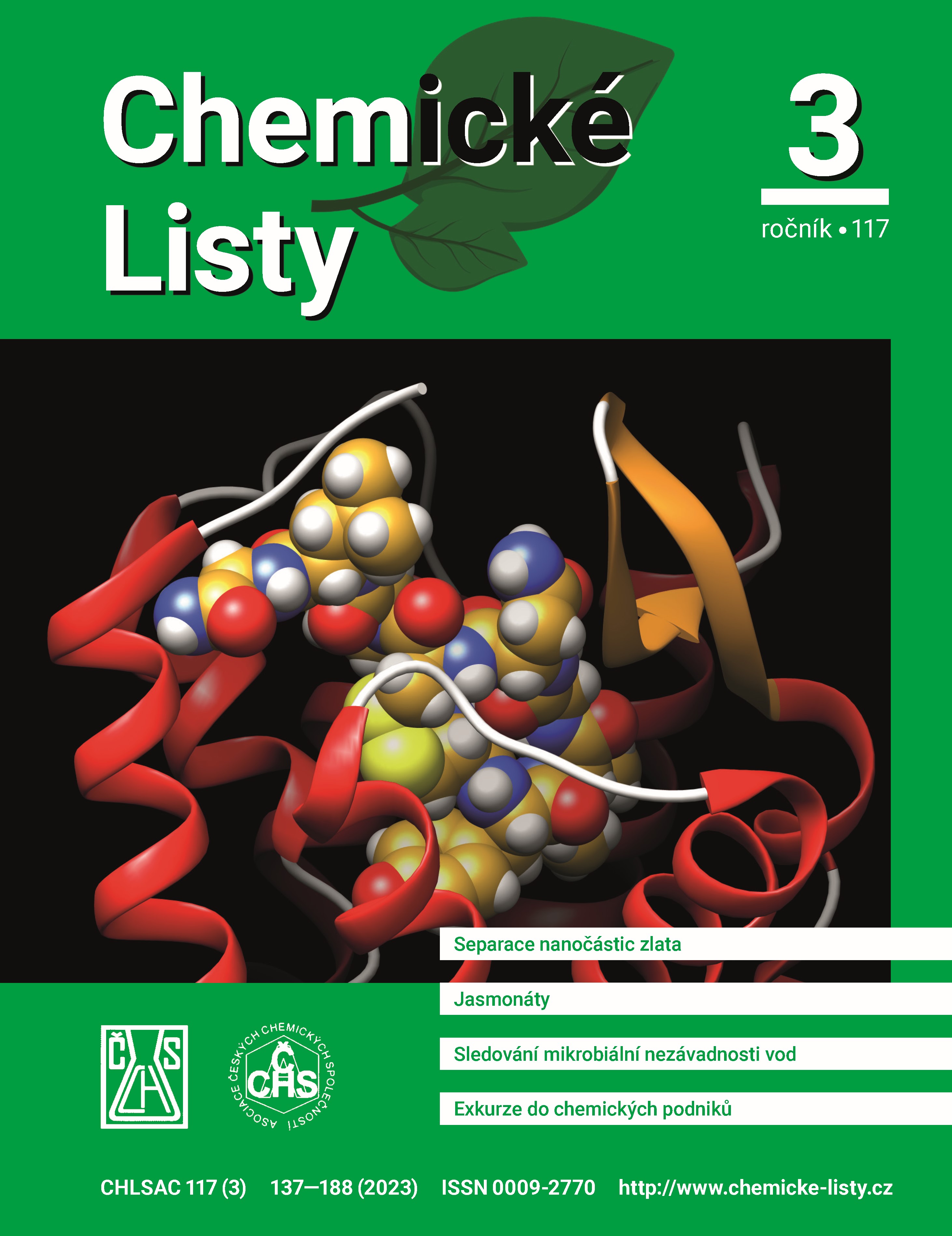Use of Somatic Coliphages in Biosensoring of Hygiene Safety of Recycled Wastewater
DOI:
https://doi.org/10.54779/chl20230163Keywords:
somatic coliphages, microbial contamination, wastewater, recyclingAbstract
Outflows from secondary stages of conventional mechanical-biological wastewater treatment plants (WWTPs) still contain significant concentrations of faecal pollution indicators suggesting the potential presence of pathogenic organisms. The decrease in the concentration of somatic coliphages and bacterial indicators of faecal pollution during the technological stages (coagulation, sand filtration, membrane ultrafiltration, sorption on granular activated carbon, disinfection, accumulation) of a semi-operational plant designed for multi-stage tertiary treatment or rather recycling of treated wastewater was monitored and discussed. During the tertiary treatment, faecal bacteria indicators were better removed than somatic coliphages, hence the inclusion of somatic indicators among faecal pollution indicators in water quality control for reuse is entirely appropriate. Subsequent tertiary treatment, including disinfection, is essential for safe reuse of treated water.





